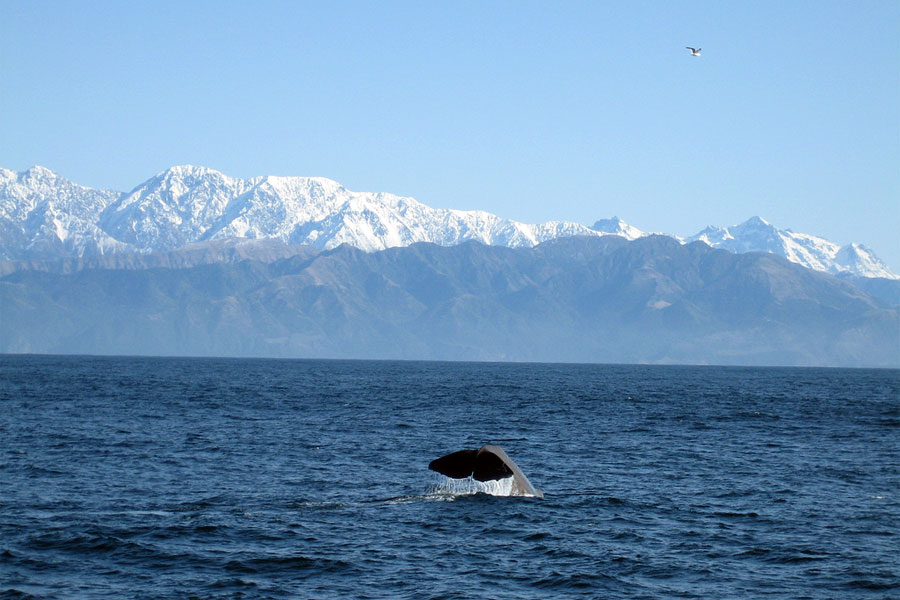Our whale watching experience in Iceland last year remains one of our favorite travel memories and it’s something that we would love to do again one day. This guest post by Michelle Cleary looks at some destinations which are now strongly on our radar for that second whale watching experience.
![]()
Greenpeace, Sea Shepherd and other marine conservation organizations have worked hard to educate the public about the cruelty of the commercial whaling industry, particularly in Japan, where whale meat is a delicacy. Japan insists that whaling is a sustainable enterprise, and has used some pretty tricky loopholes to continue hunting whales, including hiding behind research provisions decreed by the International Whaling Commission.
Needless to say, not everyone agrees, and the anti-whaling efforts of those who disagree have made whale watching more than just a unique vacation activity. Sea Shepherd has been remarkably successful in getting the word out about the conservation of whales, and now it’s a worldwide concern that has brought a new educational focus to whale watching. People come away from their experience with a newfound respect for the lives of whales, the challenges they face during their migration, and what the public can do to put pressure on the commercial whaling industry to stop their practices.
Today 13 million people a year take to the seas worldwide to catch a glimpse of these majestic mammals up close, and the Southern Hemisphere offers plenty of places to enjoy some world-class whale watching.
Brazil
Right whales are slow and tend to stay close to the coastline, so they’ve been a target for whalers – but Brazil, in developing an awareness of this tragic practice, has taken the right whales’ migration path along its coast and declared the state of Santa Catarina to be the National Right Whale Capital. Although the migration, and therefore the whale-watching, season starts in July and ends in November, the time to head to Santa Catarina’s beachside cities of Florianopolis and Inbituba is during Right Whale Week in September – the peak month during which to see mama whales with their babies, called calves.
New Zealand
Many of New Zealand’s greatest treasures can be considered “off the beaten path,” but the Kaikoura peninsula, about halfway between Wellington on the North Island and Christchurch on the South Island on Route 1, could be easily passed by for more popular destinations. However, dedicated whale watchers know that Kaikoura is a prime spot from which to see sperm whales and even dolphins. Tours run all year ’round – a rarity in the whale watching world – and last just a few hours, so it’s the perfect pit stop during a South Island road trip.
Australia
Unlike most of the other destinations that made our list, Australia is the place to go when you want to go whale watching – and still be back in time for lunch in one of the world’s most cosmopolitan cities. From the wharfs of Sydney Harbour, locals and visitors alike board boats and head out to see humpback whales on their migratory route to Antarctic for the summer. While the full season is from August through December, it’s the later months of the year that moms and calves stick closest to the coast. In fact, it’s common that curious humpbacks will swim right up to boats to see what all the fuss is about.
South Africa
During the South African whale season, which is from June to November, it’s possible to watch whales without ever leaving your hotel. The Schulphoek Guest House in Hermanus – which is also home to an annual Whale Festival – hosts guests who choose the sea-facing rooms and suites from which to whale watch from the comfort of their balconies. If you prefer to get out and about, boat tours combine eco-awareness and cultural aspects of South Africa with whale and wildlife spotting.
Antarctica
Antarctica isn’t exactly the most hospitable environment for travelers. In fact, visitors are allowed on the continent only during the “summer” months of December to March. Although yes, it is summer in the Southern Hemisphere, the temperatures rarely if ever get above freezing. That being said, it’s one of the most spectacular whale watching locations on the planet – with no fewer than six different whale species spotted regularly by adventurous whale watchers. Tours run an average of a week, and include transport by ship from South Africa, New Zealand and Ushuaia, Argentina, the southernmost town in the world.
![]()
Author Bio: This post was written by Michelle Cleary for Australian Travel Cover, who have travel insurance policies available for Australians travelling just about anywhere in the world – including whale watching in Antarctica. They also have a discount available on policies booked online through their website.
![]()
Flickr Photos: laurence_grayson, sheilaellen, peterp









